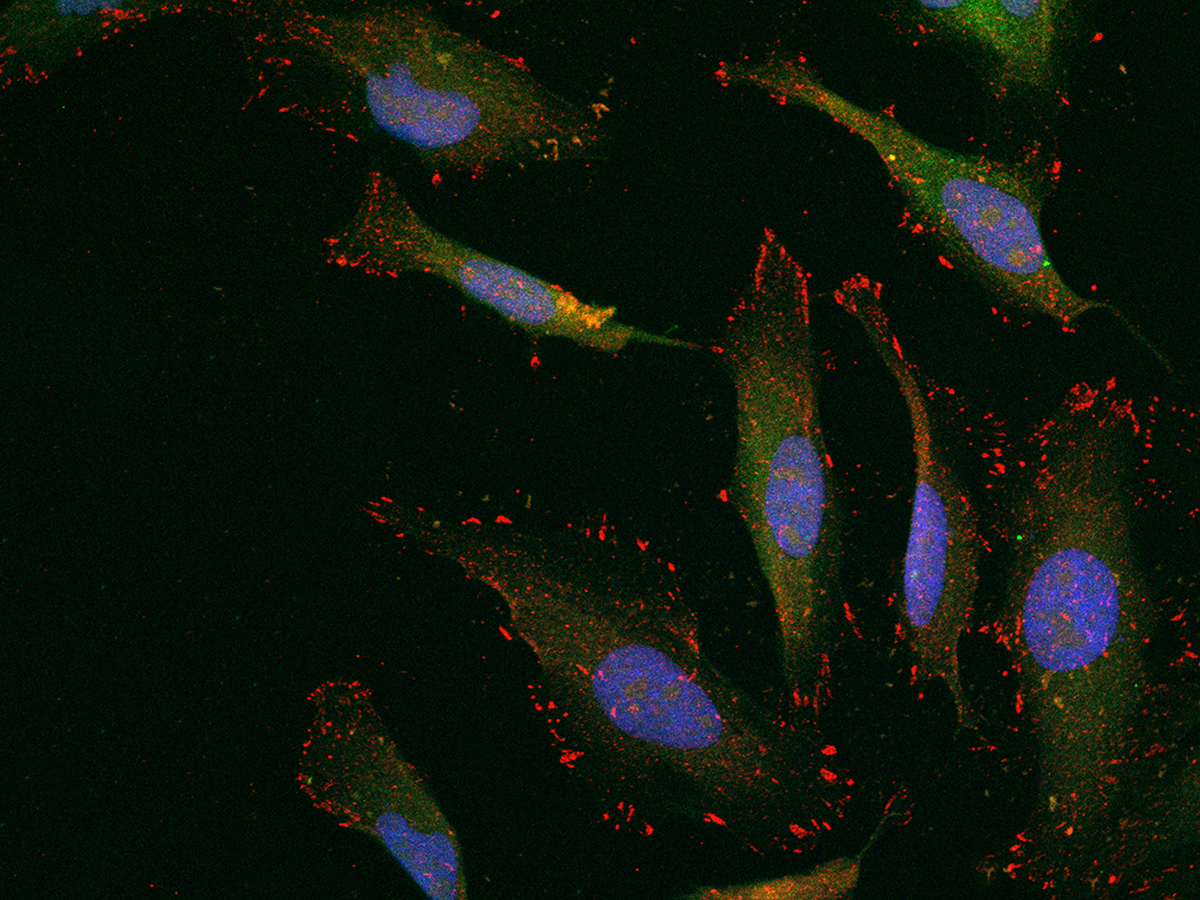
Researchers from the RIKEN Cluster for Pioneering Research have made observations of a new magnetar, called Swift J1818.0-1607, which challenges current knowledge about two types of extreme stars, known as magnetars and pulsars. The research, just published in The Astrophysical Journal, was done using the Neutron star Interior Composition Explorer (NICER), an X-ray instrument aboard the International Space Station. Magnetars are a subtype of pulsars, which are neutron stars — degenerate stars that failed to become black holes but instead became extremely dense bodies composed mostly of neutrons.
Magnetars as well as some young rotation-powered pulsars — another type of pulsar — emit powerful X-ray beams, but the mechanism i...
Read More








Recent Comments